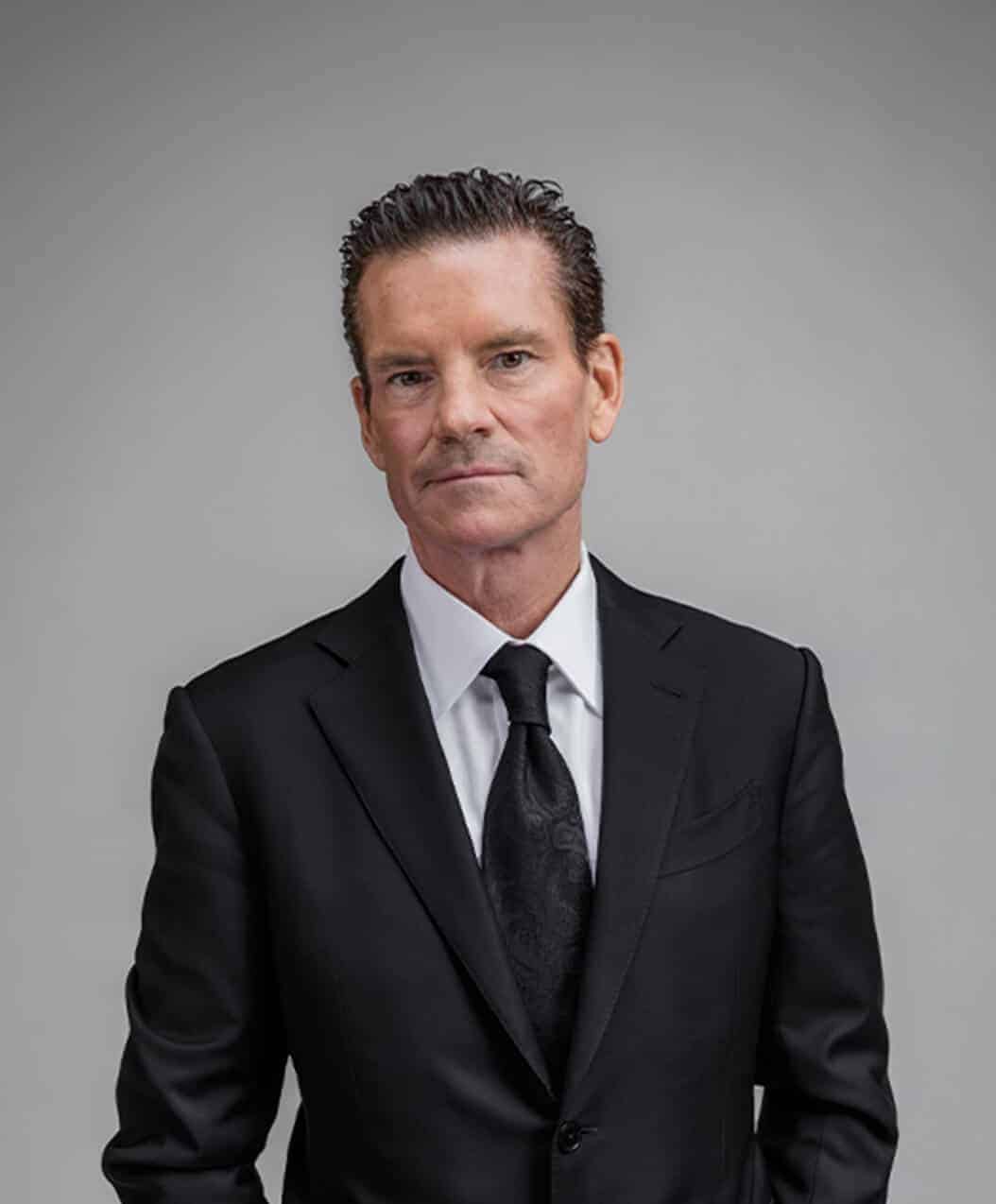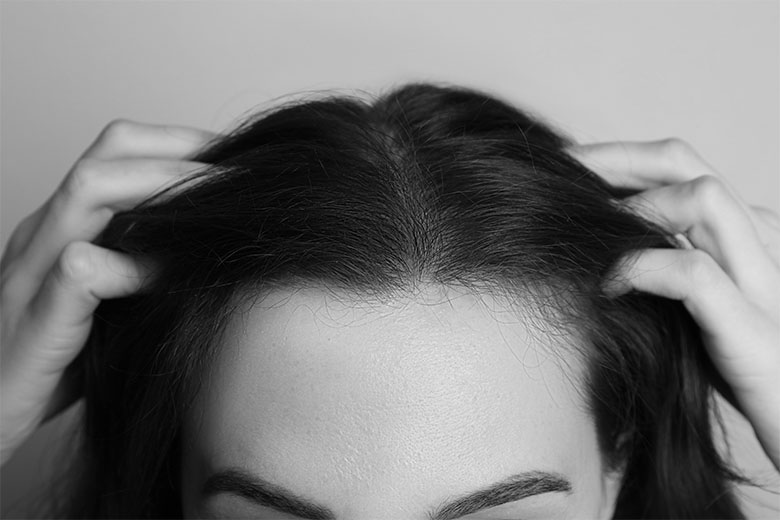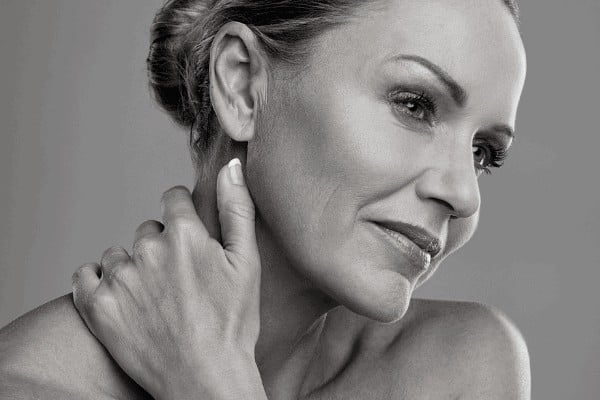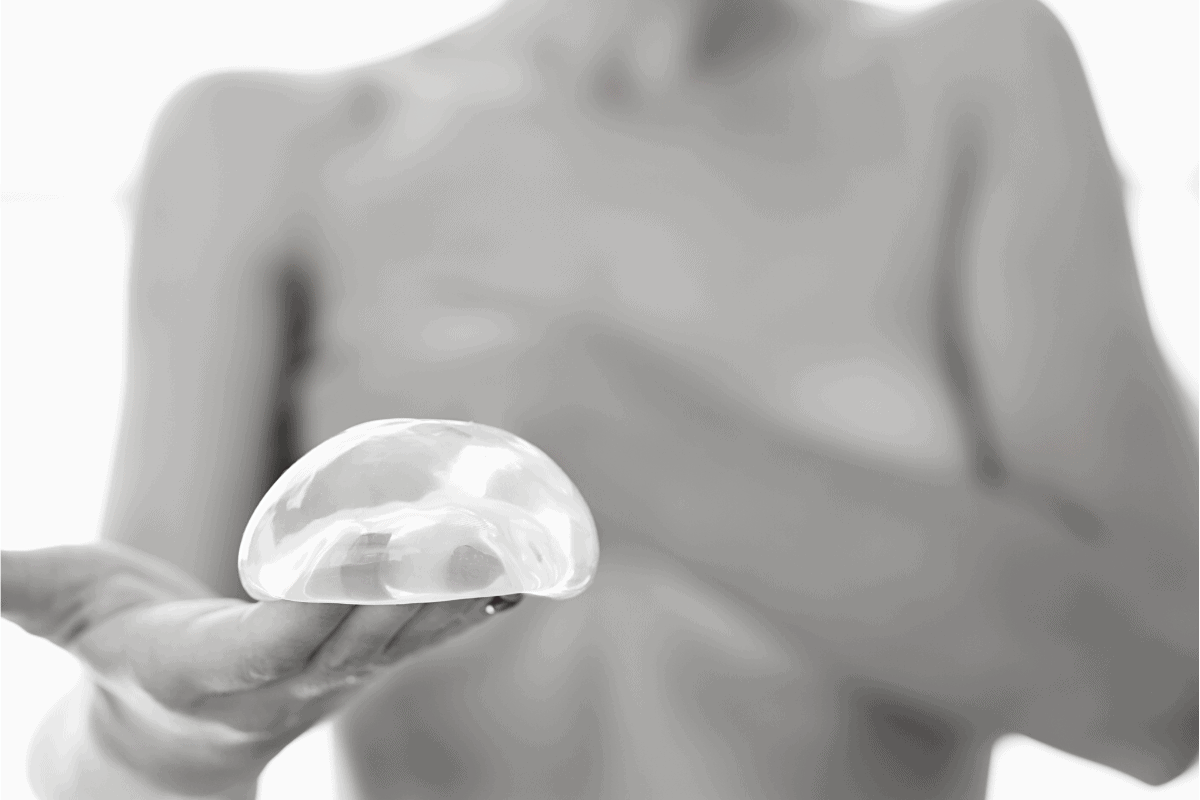July 26th, 2025
Dr. Mulholland, Md
Nowadays, information about plastic surgeries like liposuction is more readily available than ever. We see liposuction performed on TV, read headlines about the procedures across the news headlines, and see sensationalized posts claiming to have the latest liposuction facts online.
The problem is, a lot of the liposuction info out there can be misleading or contradictory in points, making it hard to know what to believe.
A lot of this information has sparked myths about liposuction and what the procedure is. Our clinic is home to some of the leading Toronto liposuction specialists, and we commonly have patients ask us to spell out the truth about liposuction.
In this post, we will work to dispel some of the many liposuction myths, let you know some of the facts about liposuction, as well as talk about some of the liposuction procedures our Toronto plastic surgery clinic has to offer.
Myth #1: Liposuction Is Only for Your Abdomen
When people think about where liposuction is performed, most people usually assume the stomach and “love handle” area. While the abdomen is a popular place to receive liposuction, the truth about liposuction is that it can be performed in virtually any area of the body that can retain stubborn unwanted fat cells. Some of the areas that can be treated with liposuction are:
- Abdomen
- Arms – Commonly used to treat “flabby” arms.
- Hips
- Chest – Common among men looking to treat gynecomastia (“man boobs”)
- Chin – Commonly used to treat double chins
- Back
- Cheeks
- Neck
- Ankles – Commonly used to treat “cankles.”
- Thighs
- Knees
So as you can see, there are many areas where liposuction can be performed, thus dispelling this common liposuction myth.
Myth #2: Liposuction Is the Same as a Tummy Tuck
While we’re discussing liposuction facts and its pertinence to the abdomen, it’s a great time to bring up our second common myth: That the tummy tuck and liposuction are the same procedure.
This is an incorrect assumption. There are certainly similarities between the two, as both have the same goal of improving the overall body contour, streamlining the appearance, and enhancing the shape. They are also commonly performed together, which is where some of the misconceptions come from.
However, when it comes to the difference between liposuction vs tummy tucks, liposuction’s goal is to remove stubborn fat cells beneath the skin. A tummy tuck, meanwhile, is a procedure that is geared towards tightening up the skin itself. Patients may have loose or sagging abdominal skin for a variety of reasons, such as aging, extreme weight loss, post-pregnancy, or general genetics.
During a tummy tuck, incisions are made to the abdomen, and the skin is tightened together. Any excess skin is then removed.
Though not always required, it is very common for patients to combine liposuction with a tummy tuck procedure. Liposuction helps to smooth out the underlying area, also targeting areas such as love handles or belly fat, allowing for a smoother surface under the newly tightened skin from the tummy tuck and allowing for an overall improved body shape and contour.
Myth #3: The Same Results Can Be Achieved with Diet and Exercise
A common argument against liposuction is often that the same results can be achieved with diet and exercise. This is untrue.
While it is a fact that diet and exercise improve your overall health and has a massive impact on the way your body appears, stubborn fat is not always easy to eliminate. Many people who eat healthily and exercise daily report having unwanted fat pockets in areas like their chins, legs, and stomach. Often this is due to genetics and body structure. In some cases, liposuction has been performed on those with underlying muscles, such as in the abdomen; the visual results are blocked by a stubborn layer of fat in the stomach. In such a case, liposuction can be performed to remove the fat, and the patient will be better able to see the underlying abdominal stomach muscles. This same principle can be put to other areas, such as the arms for bicep muscles and the stubborn double chin region for a stronger jaw profile.
One of the leading reasons for people assuming liposuction is a “cop-out” for diet and exercise is a misunderstanding of what liposuction is. This leads us to our next myth about liposuction.
Myth #4 Liposuction Is a Weight Loss Surgery
This must be the biggest misconception and myth about liposuction. Contrary to popular belief, liposuction is not a weight-loss procedure.
While the fat removed during a liposuction procedure does improve the overall shape and smoothness of the body, giving the appearance of noticeably weight loss. In general, most patients only lose an average of 2-5 pounds of weight post-procedure depending on the area and extent of the liposuction, and it is uncommon to lose more than 10 pounds.
Additionally, to be considered an ideal candidate for liposuction, a patient must be relatively in good health, within a healthy weight range, and be within a close range to their target weight goal. Those who do not fit the qualifications or have unrealistic expectations may be denied the procedure.
To reiterate, though liposuction is not strictly a weight loss surgery, it can help improve the shape and contour of the body, allowing for an overall improved, slimmer appearance.
Myth #5 Only Women Get Liposuction
While it’s true the majority of patients who receive cosmetic plastic surgery are women, that doesn’t mean men don’t undergo plastic surgery. In fact, in 2020, over two million men received cosmetic surgery. Of that, liposuction was the fourth most popular surgery men had performed.
In men, the most common regions to receive liposuction treatment are the abdomen, the “love handle” region, and the chest to treat the unwanted appearance of “man boobs.” To learn more about male liposuction, click here.
Myth #6: Liposuction is Dangerous
One of the biggest concerns people have during their consultations: “is liposuction safe?”
The truth about liposuction risks is that no respectable surgeon will ever tell you that a cosmetic surgery procedure is “risk-free.” If they do, it’s a big red flag. All surgeries have associated risks, cosmetic or otherwise.
However, surgical technologies and methods grow more precise and advanced every year; it has literally never been safer to receive liposuction than ever before. According to a 2018 review by the American Society of Plastic Surgeons, fewer than one percent of patients who receive cosmetic surgery report complications.
The important things to remember are to seek an experienced plastic surgeon with verified certifications, and to follow any and all suggested pre-surgical and post-surgical instructions.
According to a survey, four out of five people who receive liposuction are very satisfied with the results from their procedure, with 86% of the surveyed saying they would recommend the procedure to a friend.
Not a Myth: Liposuction as a Treatment for Lymphoedema
Under your skin, there are lymph vessels that work to remove toxins and waste from the body and filter through your lymph nodes. These vessels take the filtered fluid through your body, now containing white blood cells to help your body remain healthy and fight infection.
Lymphedema is a condition where there is a build-up of this fluid. This fluid build-up can cause swelling in your arms and legs, causing tightness in the skin, trouble moving the joints, itching or burning within the skin, and more.
Here are the facts about liposuction as a treatment for lymphoedema:
Though a rarer treatment, liposuction has been used to treat more extreme cases of Lymphedema. As Lymphedema progresses, the swelling can become denser and firmer, and the fluid turns to a solid fat. When this happens, the swelling becomes permanent, and the condition can often be debilitating on the limbs.
As the underlying swelling has become solid fat, specialized liposuction as a Treatment for Lymphoedema can be performed to remove the fat cells. When combined with proper compression, the treatment can work to almost, if not completely, reverse the excess volume.
Liposuction at Toronto Plastic Surgeons
Now that we’ve set the record straight on a few of the many liposuction myths and liposuction facts let’s talk about the liposuction services we offer at Toronto Plastic Surgeons. Our clinic offers multiple types of liposuction procedures, each geared towards your desired goals and desires.
Tumescent
Tumescent liposuction is a procedure in which a solution is injected into the area where the liposuction is going to be performed, causing the fat cells to swell up and become firmer. Having the cells stiff and swollen allows for easier extraction. After stabilization, small surgical incisions are made, and a narrow suction tube known as a cannula removes the fat.
BodyTite™
BodyTite™ is one of the more modern methods of liposuction. Bodytite liposuction utilizes the energy created from radiofrequency created from a handheld device known as an electrode.
First, a small internal probe is inserted into the surgical area. Then, the electrode is moved around the treatment area, and the radio frequencies from the probe and electrode begin to generate enough heat that the fat in the body begins to liquefy.
By having the fat melt, it can be more gently and easily removed through the suction tube. This method is favourable, as it leaves the patient less bruised and swollen than traditional liposuction.
Another benefit of BodyTite is that the heat also works to stimulate the tightening of your body tissue, allowing for a gradual skin tightening effect in the months following your procedure. It is estimated that post-surgical soft tissue contraction can be as high as 40-50% over the course of twelve months.
VASERLipo™
VASERLipo™ is another method of liposuction our clinic offers. VASER™ is an acronym, standing for “vibration amplification of sound energy at resonance.” Where BodyTite and SmartLipo utilize heat to melt the fat cells in the body, VASER instead utilizes ultrasound waves to break the fat up into small pieces, then vibrating them until they melt.
A great benefit of VASERLipo™ it is one of the fastest methods of liposuction, with the procedure typically only taking 30-45 minutes to complete.
SmartLipo™
Getting SmartLipo in Toronto is another form of liposuction that utilizes heat. Unlike BodyTite, the heat is not generated from an electrode but rather using laser technology; using the laser, the energy beams into the designated treatment area and meltdown down the fat cells, allowing for easier removal.
Like BodyTite, SmartLipo helps to stimulate the contraction of soft tissue, allowing for a gradual tightening of the skin. Between 6-12 months following the procedure, contraction up to 17% and elasticity improvement of 25% can be expected.
Our “After Liposuction” Program
We take pride in our work and having our customers happy with their results is always our highest priority. Because of this, our clinic offers an extensive aftercare program to help our patients see optimal results after their liposuction procedures.
This aftercare program begins after you’ve had sufficient time to recover from your liposuction procedure. Usually, this occurs within 12 weeks of surgery. After that, we help provide you with additional non-surgical procedures such as skin tightening, muscle toning, and localized reduction of fat. These procedures are included during your initial liposuction billing and do not come at an additional cost to you later.
Non-Surgical Liposuction Options
If you’re apprehensive about undergoing surgery, our clinic offers a wide range of non-surgical methods to help sculpt and tone the body. Here are some of the methods we offer:
- CoolSculpting
- Evolve
- SculpSure
- Vanquish
- EMsculpt
- BodyFX
- Vanquish
- Venus Freeze
- Excilis
- VelaShape 3
Liposuction at Toronto Plastic Surgeons
At our clinic in Toronto, we have some of the best-trained liposuction surgeons to help you treat all your body contouring procedures. If you have insecurities about unwanted fat on your body or wish to request more liposuction info, we can help. We promise the highest levels of care are taken both before and after liposuction is performed on our patients.
If you’re interested in any of the above procedures, or just have more questions about the myths and facts about liposuction, please don’t hesitate to reach out to us.
Toronto Plastic Surgeons’s dedication to plastic surgery has resulted from a lifetime commitment, with 25 years spent on his skills as an artist and surgeon alike. He provides excellent customer care, utilizing techniques that balance patient comfort and vision aesthetics to ensure you receive high-quality treatment.
You can book a consultation with us online or call us at 647-723-3739 and speak with a dedicated member of our team who will help get you started today.



